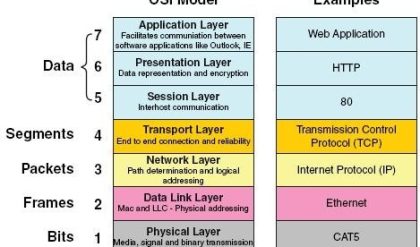Currently they are four major types of WIFI technologies.
· Wi-Fi-802.11a
· Wi-Fi-802.11b
· Wi-Fi-802.11g
· Wi-Fi-802.11n
802.11a is the one of a series of wireless technology. That defines the format and structure of the radio signals sent out by WI-FI networking routers and antennas.
Wi-Fi-802.11b:
802.11b is the one of a series of wireless technology. 802. 11b support bandwidth 11mbps. Signal in unregulated frequency spectrum around 2.4 GHz. This is a low frequency compared with Wi-Fi-802.11a means it is working reasonable distance. It is interference with micro owns cordless phones and other appliance. It is low-cost; signal range is good using home appliance.
Wi-Fi-802.11g:
In 2002 and 2003, This Technology supporting a newer slandered products. It is best technology of 802.11a and 802.11b. The 802.11 b support bandwidth upto 54mbps and it use a 2.4 GHz frequency for greater range. This cost is more than 802.11b. It is fast accessing and maximum speed.
Wi-Fi-802.11n:
The 802.11n is the newest WIFI technology. It was designed to improve on 802.11g .The amount of bandwidth supported by utilizing multiple wireless signals and antennas instead of one. It supports 100 mbps bandwidth and
Advantages:
· Wireless laptop can be moved from one place to another place
· Wi-Fi network communication devices without wire can reduce the cost of wires.
· Wi-Fi setup and configuration is easy than cabling process
· It is completely safe and it will not interfere with any network
· We can also connect internet via hot spots
· We can connect internet wirelessly
Disadvantages:
· Wi-Fi generates radiations which can harm the human health
· We must disconnect the Wi-Fi connection whenever we are not using the server
· There are some limits to transfer the data, we cant able to transfer the data for long distance
· Wi-Fi implementation is very expensive when compared to the wired connection





